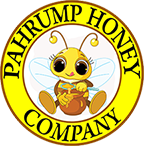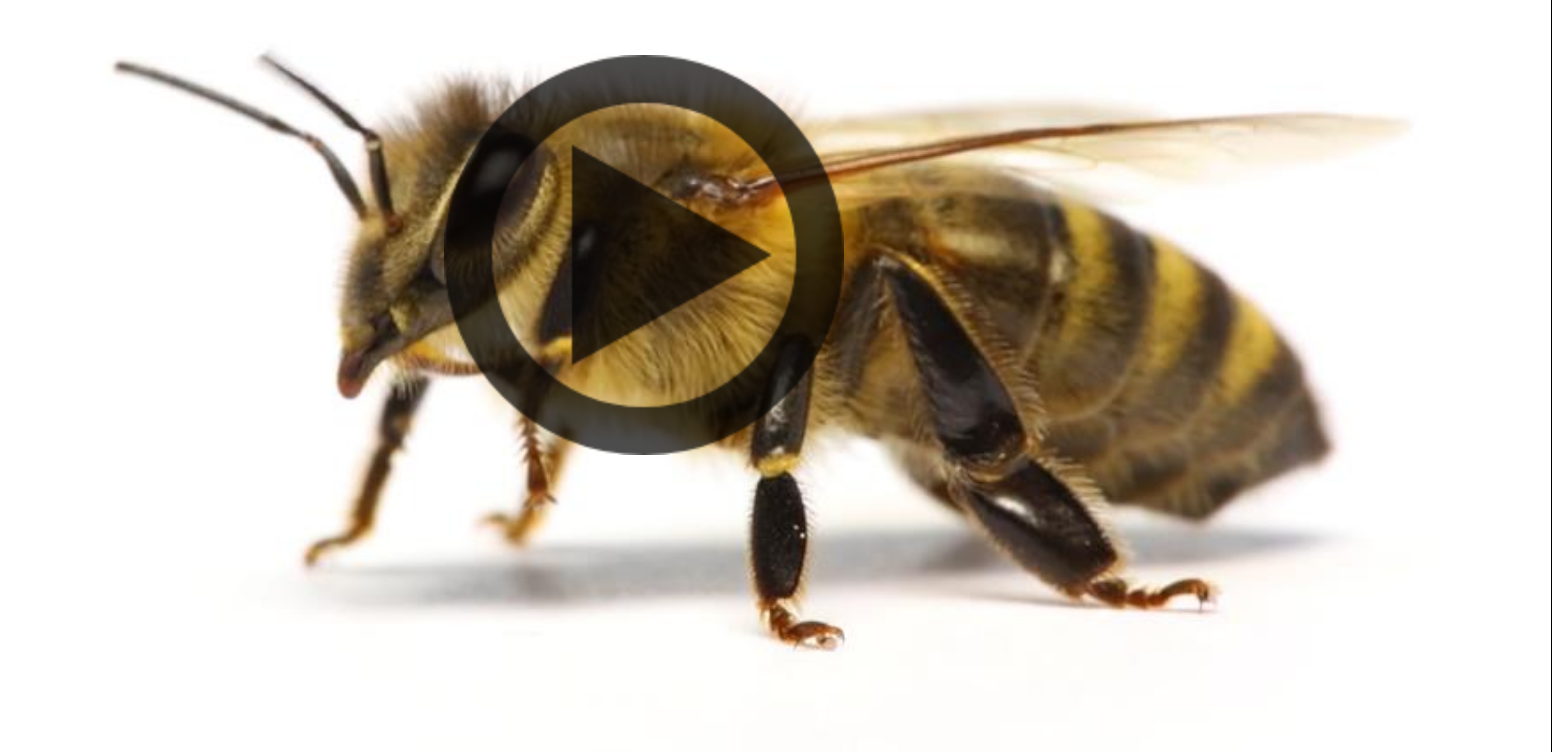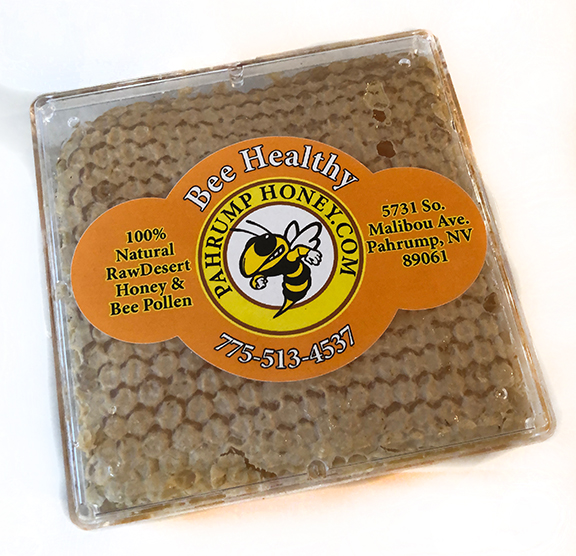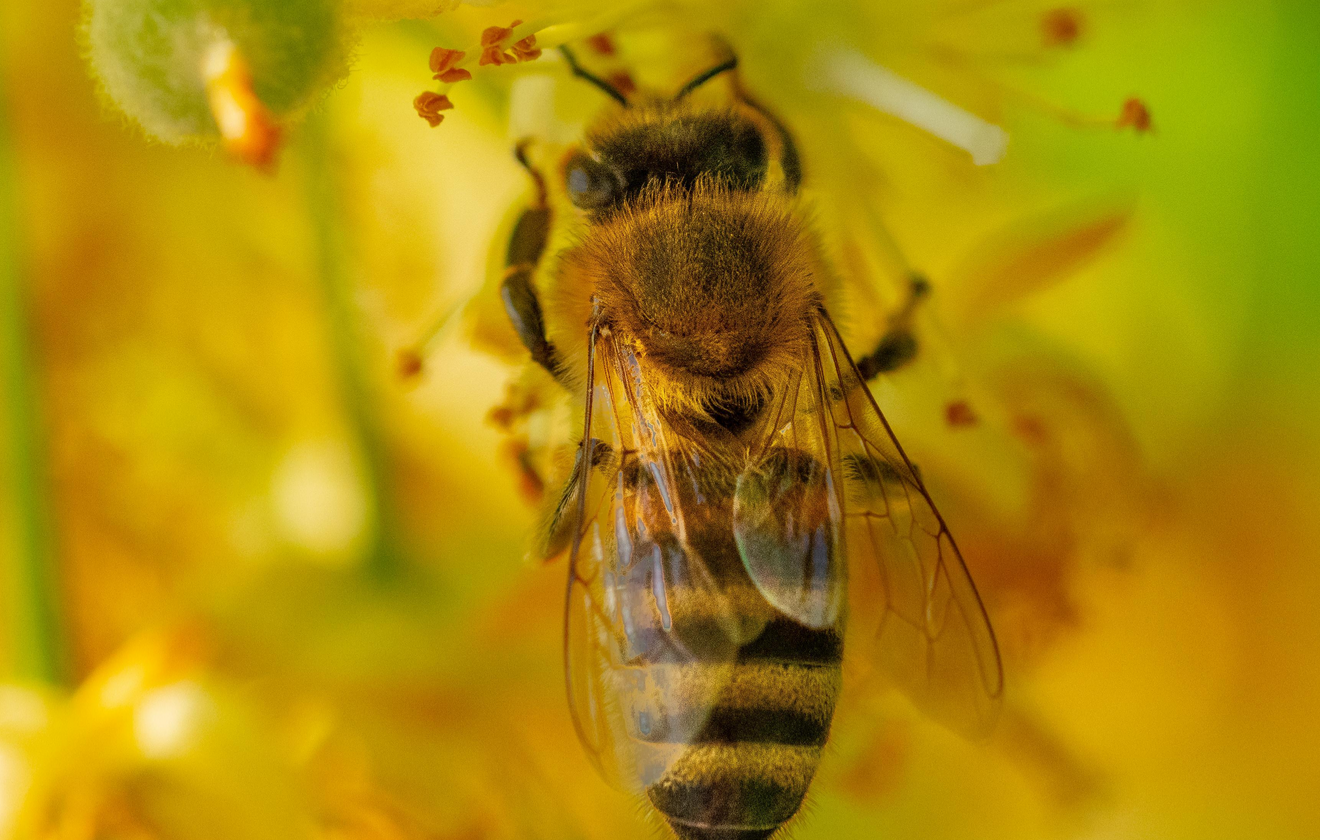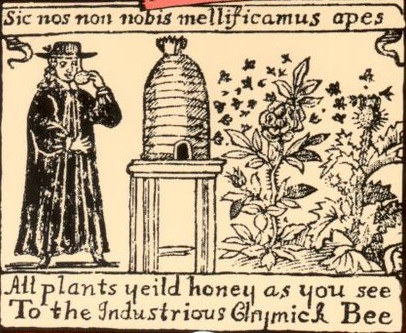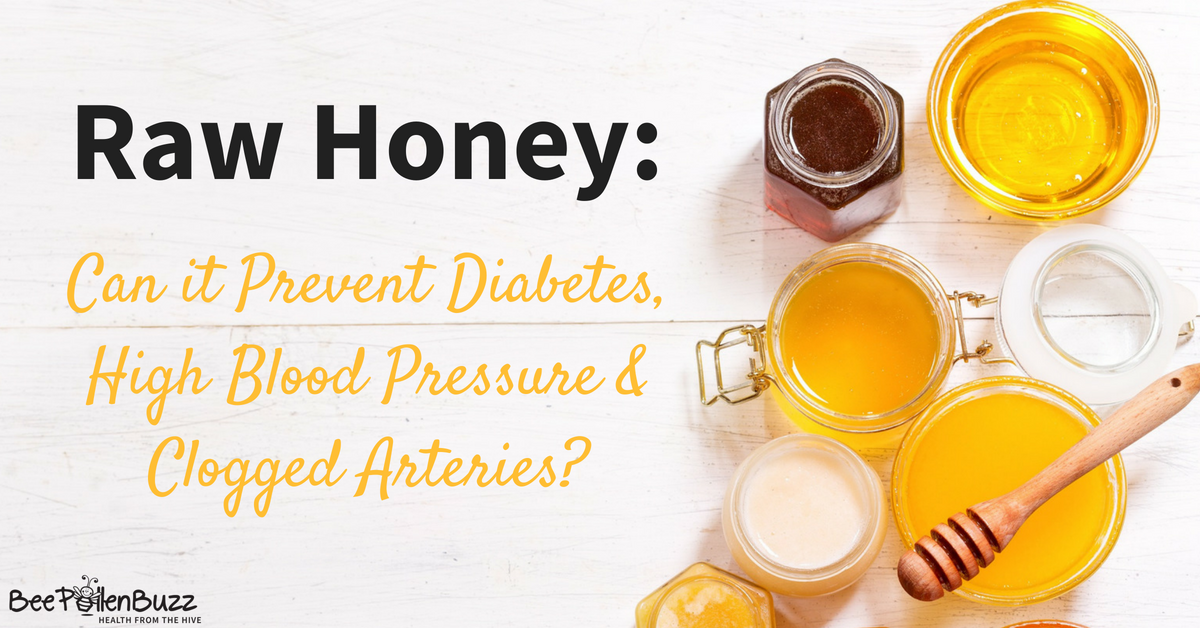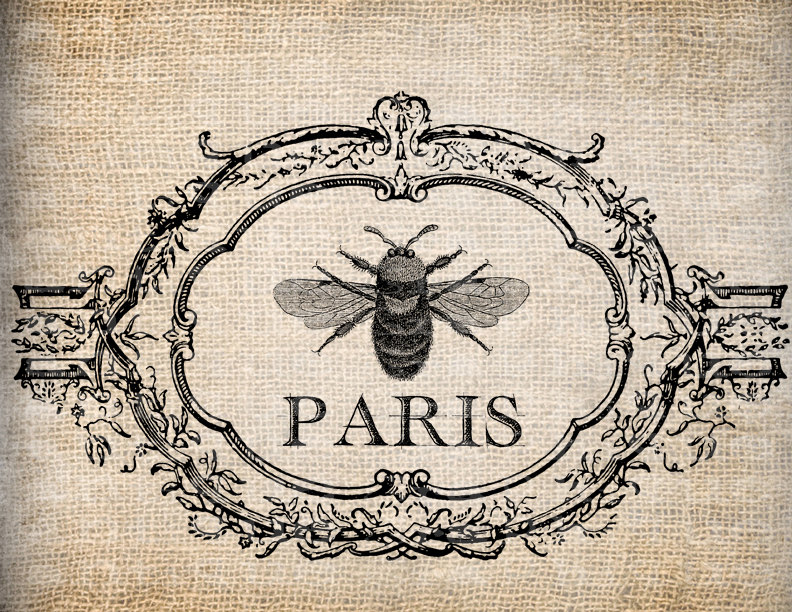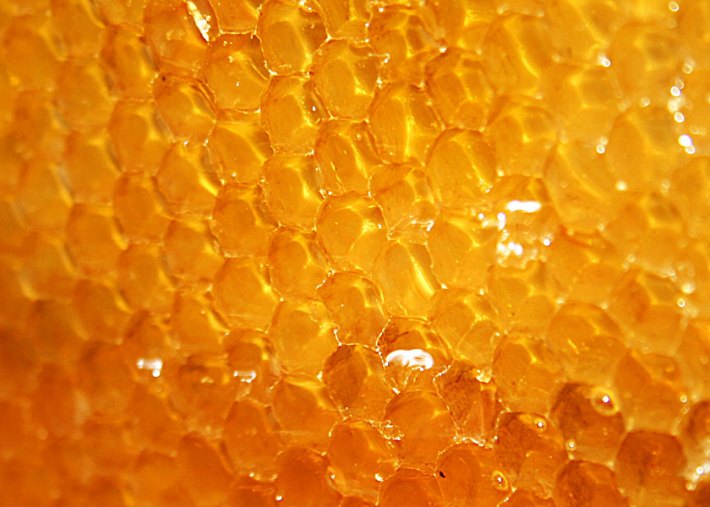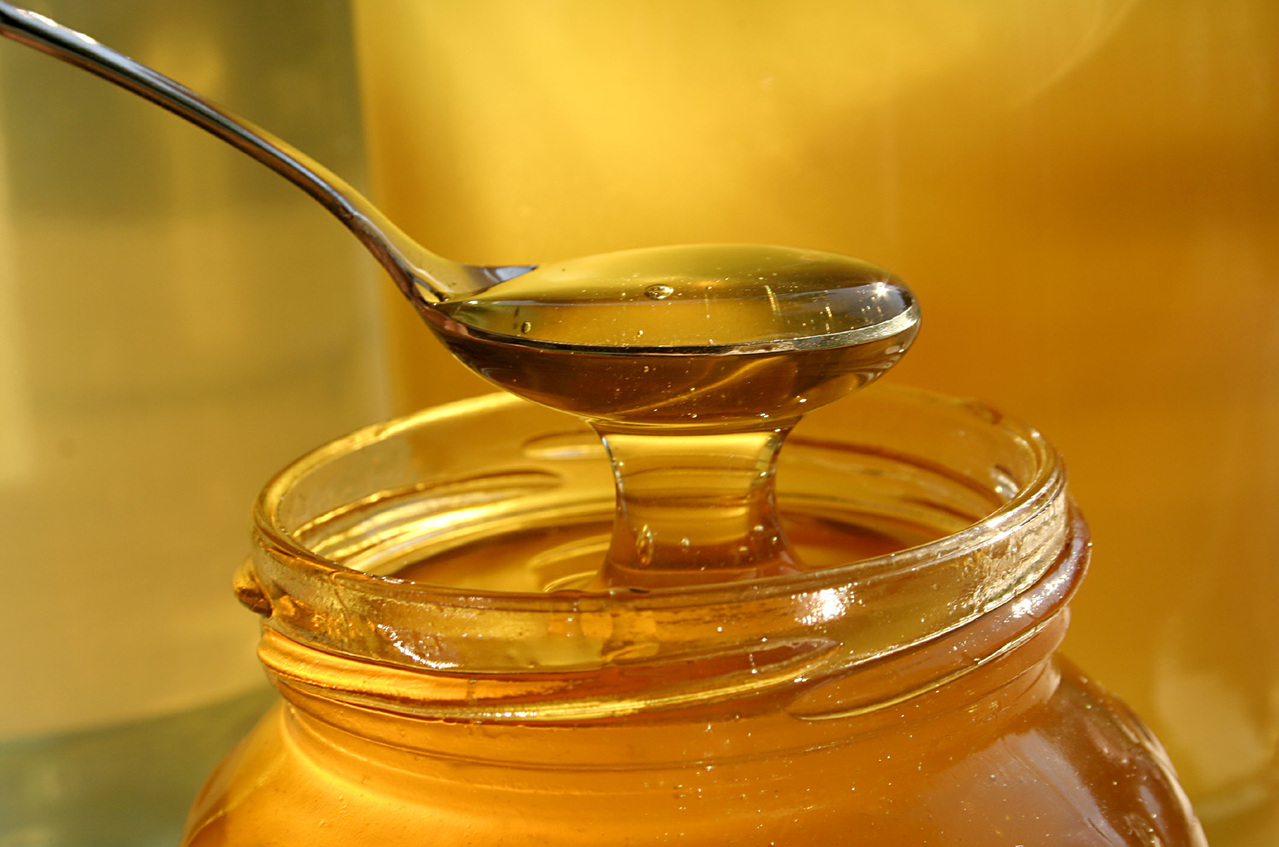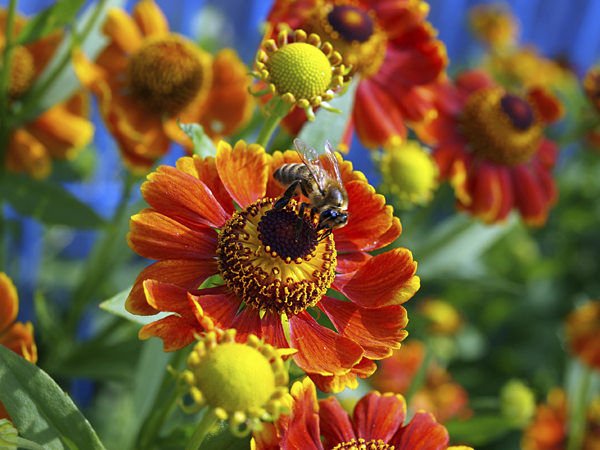
National Pollinator Week is a Sweet Celebration
Posted by National Honey Board
National Pollinator Week officially kicks off June 17th, and we couldn’t be more excited to spend an entire week celebrating all pollinators for the great work that they do to keep our world beautiful and our meals delicious!
National Pollinator Week’s history began just over a decade ago when the U.S. Senate designated that a week in June be dubbed “National Pollinator Week,” bringing about greater awareness of the plight of our declining pollinators. Along with the humble honey bee, National Pollinator Week Continue reading National Pollinator Week June 17-23
